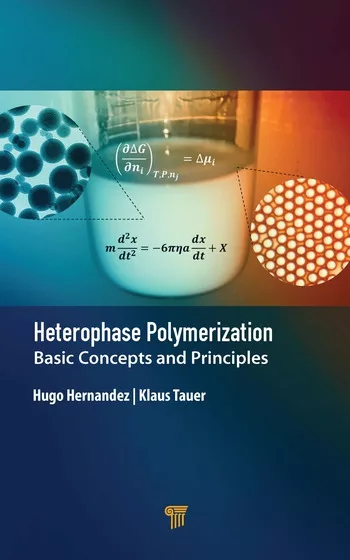Ask Dr. Dave
In his June 2008 column, Dr. Dave discusses label adhesives and the history and chemistry of anaerobic adhesives.
Question: We seek a pressure-sensitive, peel-off label adhesive that will adhere as permanently as possible to the back of various types of carpet where surfaces could be polypropylene (mostly), jute, natural rubber or SBR backings. Currently, hot-melt adhesives dominate this application, but they require application heat equipment and are also very labor intensive. What do you recommend we use?
Answer: Although hot melts are very effective for this type of application, I do agree that investment in equipment can sometimes be cost-prohibitive. I would suggest that you investigate water-based pressure-sensitive adhesives for this application, but please remember that although application equipment for this type of adhesive can be relatively simple and low cost, there may still be an investment required for drying the adhesive after application. Ask adhesive suppliers for samples of EVA-based adhesives so you can get alternatives that will have varying degrees of tack and tensile strength. If your volumes are large enough, the suppliers can offer you advice on modifying their basic emulsions so you can formulate your own adhesive.
Question: I work for a large paint company. I recently ran across an adhesive that claims to cure in anaerobic conditions. Could you explain how this chemistry works?
Answer: The adhesives you refer to are commonly known as “anaerobic” adhesives. Originally invented by Drs Vernon and Robert Krieble (the founders of Loctite Corp.), they are based on catalyzed mono and difunctional methacrylate monomers that remain stable in the presence of atmospheric oxygen but cure to a solid polymer via a free-radical curing reaction when placed between two surfaces. The initial application for these adhesives was as liquid threadlockers to stop vibration loosening of fasteners, but they are also used as adhesives, liquid sealants and form-in-place gaskets. As a paint chemist, the easiest way for you to understand them is to regard them as the direct opposite of an air-drying alkyd paint. With the paint, you package it in an airtight can and it cures when exposed to atmospheric air on a surface. In contrast, an anaerobic adhesive is packaged in a half-filled LDPE bottle (to maximize the stabilizing effect of oxygen). If placed on a surface, it remains liquid indefinitely; when confined between two surfaces where oxygen is excluded (oxygen is a free-radical stabilizer), it polymerizes to a solid polymer.
Question: We seek a pressure-sensitive, peel-off label adhesive that will adhere as permanently as possible to the back of various types of carpet where surfaces could be polypropylene (mostly), jute, natural rubber or SBR backings. Currently, hot-melt adhesives dominate this application, but they require application heat equipment and are also very labor intensive. What do you recommend we use?
Answer: Although hot melts are very effective for this type of application, I do agree that investment in equipment can sometimes be cost-prohibitive. I would suggest that you investigate water-based pressure-sensitive adhesives for this application, but please remember that although application equipment for this type of adhesive can be relatively simple and low cost, there may still be an investment required for drying the adhesive after application. Ask adhesive suppliers for samples of EVA-based adhesives so you can get alternatives that will have varying degrees of tack and tensile strength. If your volumes are large enough, the suppliers can offer you advice on modifying their basic emulsions so you can formulate your own adhesive.
Question: I work for a large paint company. I recently ran across an adhesive that claims to cure in anaerobic conditions. Could you explain how this chemistry works?
Answer: The adhesives you refer to are commonly known as “anaerobic” adhesives. Originally invented by Drs Vernon and Robert Krieble (the founders of Loctite Corp.), they are based on catalyzed mono and difunctional methacrylate monomers that remain stable in the presence of atmospheric oxygen but cure to a solid polymer via a free-radical curing reaction when placed between two surfaces. The initial application for these adhesives was as liquid threadlockers to stop vibration loosening of fasteners, but they are also used as adhesives, liquid sealants and form-in-place gaskets. As a paint chemist, the easiest way for you to understand them is to regard them as the direct opposite of an air-drying alkyd paint. With the paint, you package it in an airtight can and it cures when exposed to atmospheric air on a surface. In contrast, an anaerobic adhesive is packaged in a half-filled LDPE bottle (to maximize the stabilizing effect of oxygen). If placed on a surface, it remains liquid indefinitely; when confined between two surfaces where oxygen is excluded (oxygen is a free-radical stabilizer), it polymerizes to a solid polymer.
Links
Looking for a reprint of this article?
From high-res PDFs to custom plaques, order your copy today!






